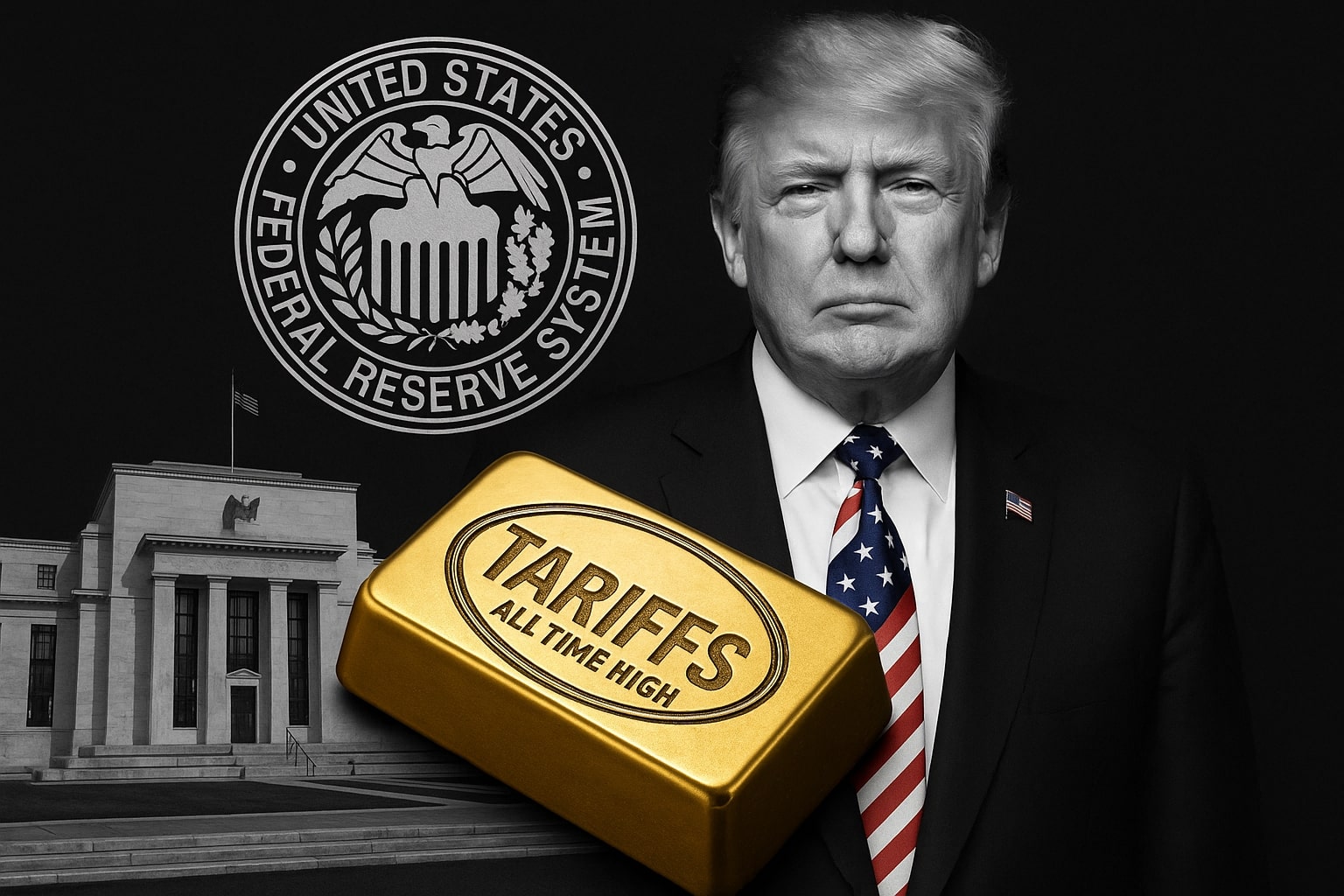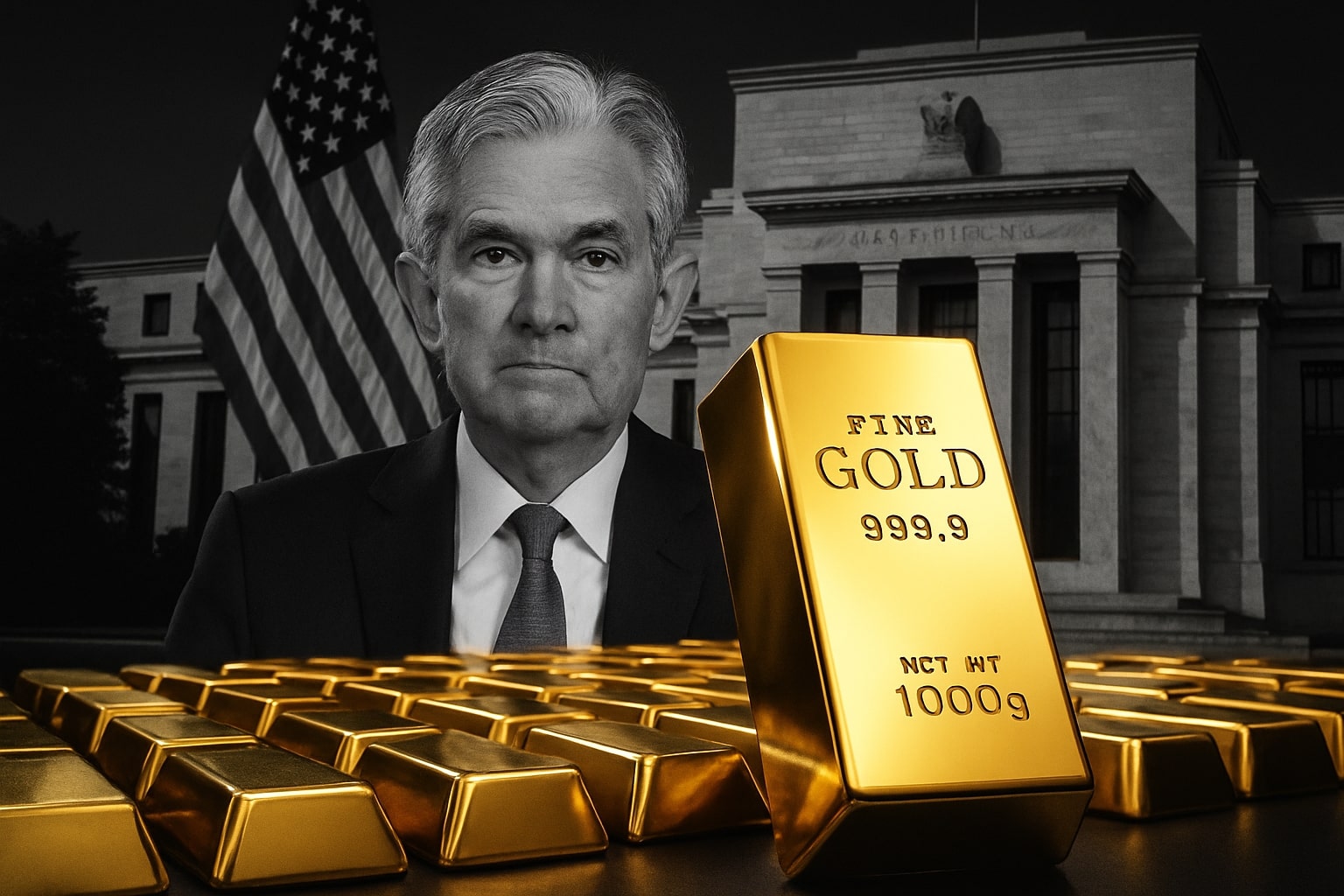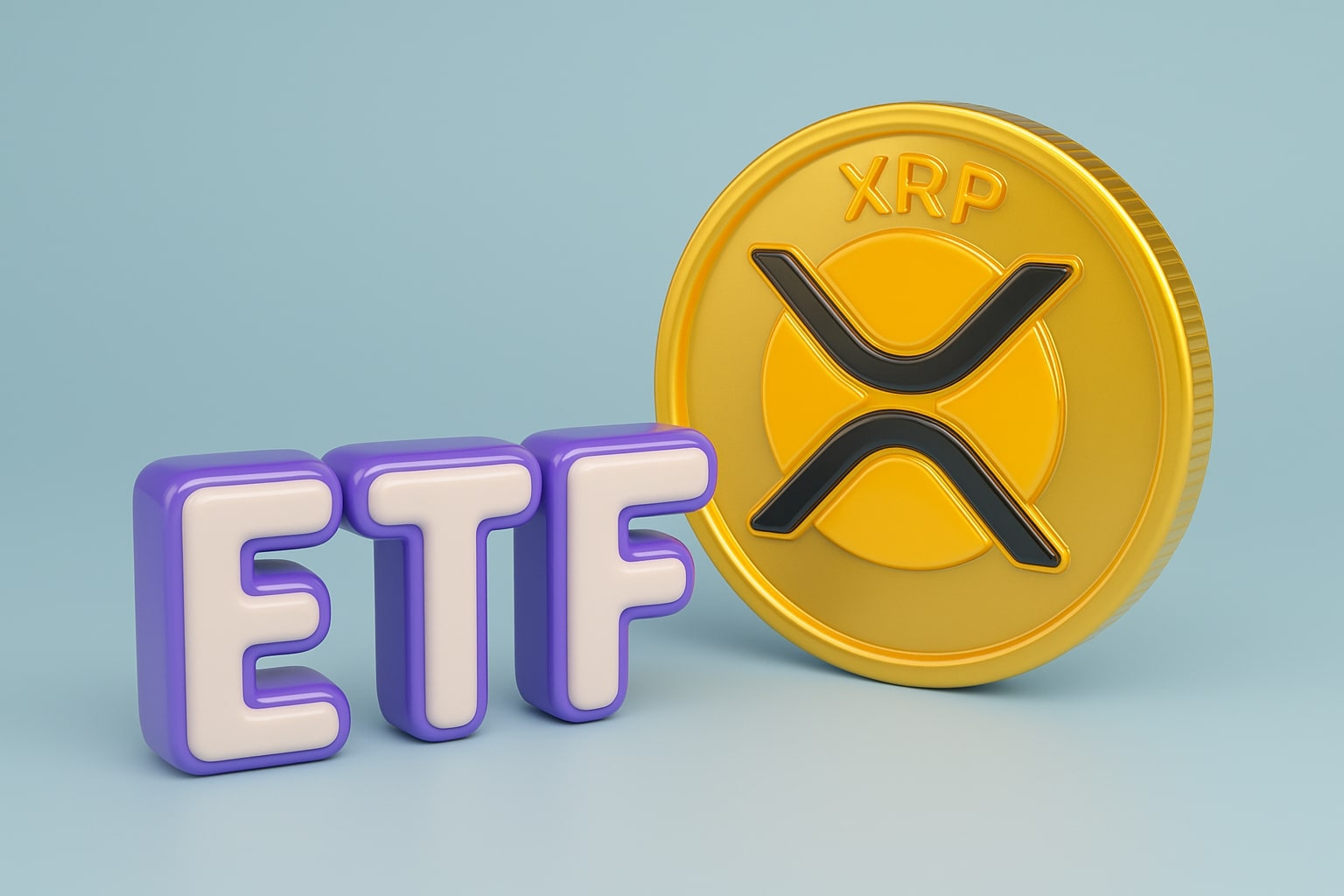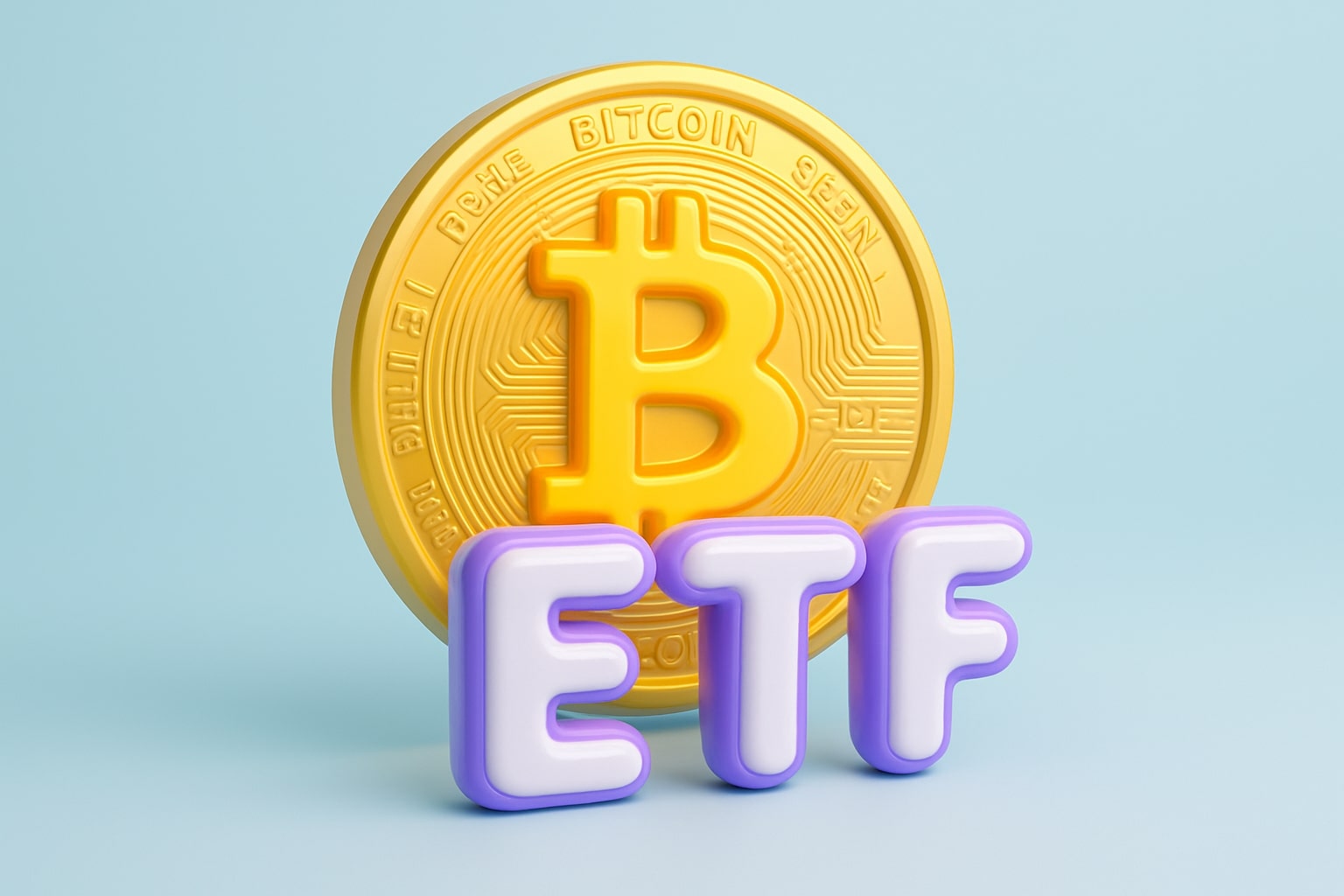
Gold Price Forecast - XAU/USD Soars to $3,922, Fueled by Shutdown Chaos, Inflation, and Central Bank Demand
XAU/USD rallies 13.3% in a month and 47.7% in a year, with ETF flows and central bank purchases driving momentum; traders now target the $4,000 mark as Fed cuts and dollar weakness create historic conditions | That's TradingNEWS
XAU/USD Surges to Record $3,900 as Shutdown, Inflation and Central Banks Fuel Demand
Gold (XAU/USD) has crossed an unprecedented level of $3,900 per ounce, setting a new all-time high at $3,922.70 in futures trading and $3,894.63 in spot pricing. The rally comes at the precise moment the U.S. government entered its first shutdown in seven years, a political impasse that immediately heightened safe-haven demand. Tuesday’s close at $3,840.80 marked a weekly climb of 3.1% from $3,769.80 and a monthly surge of 13.3% from $3,432.50. Compared with October 1, 2024, when gold opened at $2,631.40, prices have gained an extraordinary 47.7% year-over-year, underscoring the scale of capital rotation into the metal.
Shutdown Shakes Confidence and Pushes Capital Into Gold
The shutdown has slashed government activity and left the Bureau of Labor Statistics operating with just one employee out of 2,055, delaying critical labor data that guides monetary policy. The absence of official reports forces traders to rely on private surveys such as ADP payrolls. Historically, shutdowns have been neutral to slightly positive for markets, but the timing of this one, colliding with high inflation and tariff uncertainty, has amplified demand for gold. Risk assets from equities to corporate bonds have softened while investors move decisively into bullion.
Technical Picture of Gold Futures and Spot Levels
On the COMEX, December futures trade at $3,898.40, up $25.20 or 0.65% intraday. Spot sits at $3,871.88 after touching the record high, with resistance now re-anchored around $3,922 and psychological projections already circling $4,000. Support sits first at $3,840, Tuesday’s close, and deeper at $3,800 where heavy liquidity has been observed. Analysts point to overbought momentum, but rather than triggering correction, it has turned into consolidation at elevated levels. Goldman Sachs recently upgraded year-end projections to $3,700 when gold was at $2,633; now, markets are discussing whether $4,000 is imminent before Q4 ends.
Central Banks Intensify Gold Buying
The International Monetary Fund confirmed global central banks acquired 400 tons of gold in 2022, the highest since records began, and accumulation has continued into 2025. China, India, and Turkey remain leading buyers, diversifying away from the U.S. dollar amid fiscal concerns. BNP Paribas Fortis strategists emphasize that central banks were the first to bid aggressively, and now that private investors are joining, the rally has accelerated sharply. At present, gold and gold-related investments still account for barely 2% of global portfolios, which analysts argue leaves considerable room for capital inflows.
Inflation, Tariffs and the Macro Backdrop
Consumer prices in the U.S. rose 3.7% year-over-year in the latest release, keeping real yields negative and making gold structurally attractive. At the same time, tariff uncertainty under the Trump administration has widened volatility in industrial commodities and equities, while enhancing the appeal of hard assets. The dollar index weakened on shutdown fears, compounding gold’s upside momentum. Europe’s central banks, led by the ECB, recently lifted rates again to tame inflation, destabilizing equities and indirectly favoring bullion demand.
Asian and Global Market Dynamics
Asian holidays, particularly China’s Golden Week, usually compress liquidity and flatten returns in early October. Yet gold has ignored seasonal weakness, surging despite reduced participation in Asia. In the Philippines, gold is priced at PHP 7,233.92 per gram, reflecting the translation of international prices into local currency strength. Globally, demand remains broad-based with U.S. hours delivering the most decisive buying pressure, consistent with flows into ETFs and futures.
Read More
-
PFFA ETF Nears $21.50 as Rate Cuts and 9.49% Yield Spark Renewed Demand
29.11.2025 · TradingNEWS ArchiveStocks
-
XRPI and XRPR ETFs Ignite Ripple’s Institutional Rally as Inflows Near $1B and XRP Holds $2.20
29.11.2025 · TradingNEWS ArchiveCrypto
-
Natural Gas Price Forecast - NG=F Blasts to $4.85 as Demand Surge Fuel Multi-Month Breakout
29.11.2025 · TradingNEWS ArchiveCommodities
-
USD/JPY Price Forecast - Yen to Dollar Slides to 156.10 as Yen Strengthens on Fed Cut Expectations
29.11.2025 · TradingNEWS ArchiveForex
Gold Mining Equities and ETFs
Gold’s surge has spilled into equities. Barrick Gold Corporation (GOLD) and Franco-Nevada (FNV) have both seen strong bid interest, though volatility in miners exceeds that of bullion itself. Exchange-traded funds like SPDR Gold Shares (GLD) continue to absorb heavy volumes. GLD’s expense ratio of 0.40% is modest compared with the appreciation in gold’s price, making it a leading proxy for institutions unwilling to handle physical delivery. ETFs provide liquidity and custody advantages, while futures markets provide leverage but expose traders to amplified risk.
Investor Positioning and Market Psychology
Long-term investor psychology remains bullish. Surveys from the World Gold Council show retail and institutional demand rising in tandem. The perception of gold as an essential hedge against both inflation and systemic risk is pushing allocations higher. Options markets indicate implied volatility climbing around the $3,900 to $4,000 range, with traders paying premiums for upside protection, signaling expectations of a breakout. Simultaneously, hedging demand for downside puts has not disappeared, reflecting recognition that volatility, not stability, defines the current phase.
Forward Outlook for XAU/USD
Strategists at BNP Paribas Fortis, UBS, and Morningstar have all converged on the $4,000 threshold as the next milestone, arguing that the market is still in the early innings of a multi-year bull run in precious metals. With the Fed in an easing cycle, real rates declining, and the U.S. dollar under pressure, conditions favor sustained demand. UBS notes that structural changes in portfolio allocations mean gold is transitioning from a tactical trade into a core asset class. The key risk is overextension, but momentum, central bank flows, and geopolitical uncertainty suggest dips will be bought aggressively.



















